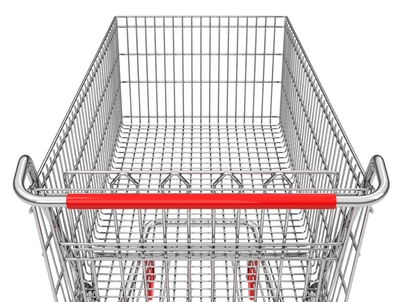Grrrrrr …
That’s our reaction when well-intentioned marketing futurists start thinking broadly, dis-remembering some communications 101 principles.
The latest example: The 2025 grocery store, debuting at Food Marketing Institute 2014 (the association for nearly 40,000 U.S. food retailers), sponsored by some big-name powerhouses.
 In ten years, or so the presentation goes, we’ll experience frictionless checkout (read: a ready-to-charge-it app); micropersonalization, or the customization of products based on our purchase history; and stores that physically transform, depending on the seasons, the times of day, the weather, even traffic patterns.
In ten years, or so the presentation goes, we’ll experience frictionless checkout (read: a ready-to-charge-it app); micropersonalization, or the customization of products based on our purchase history; and stores that physically transform, depending on the seasons, the times of day, the weather, even traffic patterns.
All cool and not unexpected. Many of us already swipe our smartphones at Starbucks and other foodie outlets. Get mailings from fave stores that feature products we just bought. And, no sleight of hand: Watch as movable partitions and other ingenuities help merchandise the goods.
So what frosted us? The mention of lifestyle advisors, store employees who’ll now help people shop (they’re moving on from the check-out aisle). Why? Because that involves a new talent profile, a huge investment in learning and development, and a positioning that – except maybe for Whole Foods and occasional store nutritionists – just doesn’t register with us. At least right now.
Consider your most recent interaction with a supermarket clerk. Did you ask where a certain product is shelved? [And how many people did it take to get the answer?] Inquire about a special order – only to wait for weeks until someone picks up the phone and says, “it’s here.” Request a quickie course on cooking, say, a Copper River salmon versus the regular kind? How long will it take for our helpers to respond to these shopper queries, let alone the more proactive kind?
No cynicism, just common sense: Hey, is this a job for newly retired boomers?

